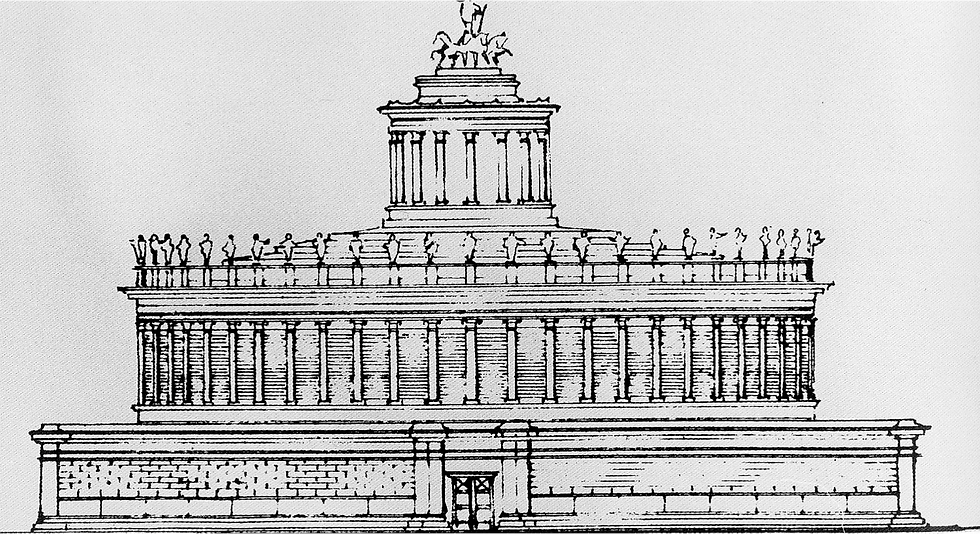Hadrian's Wall and Solar Eclipses
- scoa32
- Aug 23, 2020
- 3 min read
Updated: Oct 29, 2021

The Emperor Hadrian had much solar eclipse symbolism during his reign. He assumed power on August 10, 117 AD. Early in his reign the Roman gods appeared to validate his hold on the Empire with a spectacular solar eclipse.

It should be noted that Hadrian was the first Roman emperor to place a star and a crescent on an Imperial denarius since Emperor Augustus.


Variants of the star and crescent motif on Hadrian's coins during his reign. Theses are representative of the solar eclipses seen over parts of the Roman Empire.


Why is this important? When Augustus put his image on a coin associating himself with a solar eclipse he was showing a link between himself and Romulus, the first king of Rome. According to Roman mythology Romulus and Remus were conceived during a solar eclipse event with Mars and Rhea Silvia. Romulus founded Rome and killed his brother Remus during a solar eclipse. Finally Romulus disappeared during a solar eclipse.

Emperor Augustus 19 BC Rome mint, showing 21 BC Solar Eclipse

Augustus dated his reign from July 1, 23 BC. One can clearly see the above solar eclipse would have helped him validate his rule as a sole ruler of Rome in league with Romulus. The Saros cycle would not align well with the Roman Emperor till the time of Hadrian. Hadrian's Wall started construction in AD 122 and followed the Saros cycle.


Note the path of the above two solar eclipse would be seen over Roman Britain and exactly over the course of the completed Hadrian's Wall.
This solar eclipse symbolism continued with Emperor Antoninus Pius and the Antonine Wall.

Wikipedia


Emperor Pius even put the conception of Romulus and Remus on a coin from Rome with the above solar eclipse in AD 143. The Reverse shows Mars descending "shaft up" to be with the virgin Rhea Silvia. This occurred in Roman mythology during a solar eclipse.
The Romans looked at solar eclipses as justification from their gods for Roman expansion and war. Hadrian died on July 10, 138 AD. Six months prior a solar eclipse was seen in Rome and Britain. One must see the symbolism of the tripartite solar eclipse mythology of Rome and the reign of Emperor Hadrian.


Original drawing of Hadrian's Tomb in Rome

Hadrian's Tomb today
Note the architecture of Hadrian's tomb from above was a circle within a circle. Was this symbolic for the above solar eclipse before the death of Hadrian? From the above information it is completely plausible Hadrian's astrologers had understood the Saros cycle and Roman Imperial policy was based on it.
On April 25, 590 AD, Pope Gregory had a procession thru the streets of Rome imploring the aid of the Mother of God to help end the Bubonic Plague. As he approached Hadrian's Tomb he saw a vision of the Archangel Michael brandishing and sheathing his sword on the top of the monument. He interpreted this as a sign of the end of the plague and of God's wrath. He gave thanks to the Mother of God. Prior to this Rome was interpreted to be solely under the protection of St Peter. Hadrian's tomb was renamed Castel Sant'Angelo or Castle of the Holy Angel. A solar eclipse was seen over Rome six months later. Was this a parallel to the eclipse seen before the death of Hadrian? Remember Hadrian destroyed and renamed the Roman province of Judea to Syria Palaestina. The Archangel Michael is the angel charged with the protection of Israel. Payback? Note the solar eclipse goes directly over Israel.





















Comments